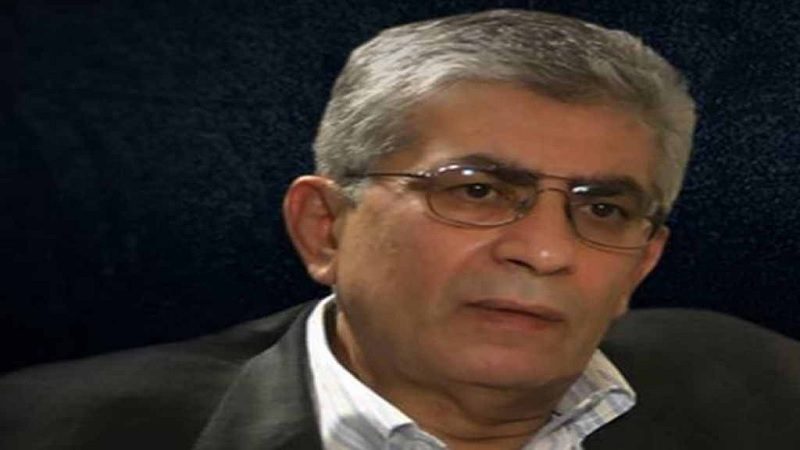
An Ethiopian diplomat unveiled that his country has taken exceptional strict security measures to protect the Renaissance Dam that it has been constructing on the Nile River against any threat, according to Anadolu Agency.
According to a source, that preferred to remain anonymous, “The Renaissance Dam area has became a security zone, where it witnessed unprecedented security measures, with a no-fly zone imposed there,” pointing that all these procedures came within the framework of protecting the Ethiopia’s strategic project against any threat.”
The source revealed that the area around the dam that extends nearly 120 square kilometers has turned to a military zone as it undergoes strict precaution procedures in the entry and exit. In addition, the area has been put under full control to create a no-fly zone there. The exceptional procedures come in the light of Addis Abba’s fear of any move that would threaten the dam or curb the establishment of its “Grand National Project” that is expected to be fully constructed in June 2017.
The Ethiopian government started the Renaissance Dam project on April 2, 2011 on the Blue Nile -one of the River Nile’s main resources- on the Ethiopian-Sudanese borders, 980 km away from Addis Ababa, the country’s capital.
In March 2015, Egypt, Sudan, and Ethiopia signed a declaration of principles in AL-Khartoum which is considered a tacit agreement on continuing the dam construction, together with conducting technical studies on protecting the water shares of the three Nile basin countries.
However, the security threat still alarms Addis Ababa concerning its project that was almost 70% finished, despite the several meetings that were held between the officials of the three countries, and the agreements that were reached in this regard.
Although Egypt did not explicitly announce that it would use force in dealing with Renaissance Dam crisis, and that it also stressed through its diplomats that it would “only” depend on the diplomatic means in resolving the crisis, it seems that Ethiopia wants to be ready for any unexpected move by Egypt for resorting to force, especially in light of the continuous Egyptian media calls for the Egyptian military to carry out air strikes on the Renaissance Dam, as the River Nile is considered the primary source of water in the country.
On his behalf, a western diplomat said that Washington has sent reassuring messages to Addis Ababa that the Egyptian Air force-which mostly consists of US F16- will not launch any air strike against the dam. The source, that remained anonymous, said that US Secretary of State John Kerry probably delivered this message during his latest visit to the region days ago, without giving further details.
However, the same source said that Ethiopia is concerned over Egypt’s latest Rafael warplanes deal with France that could reach Ethiopia, which infers the latest sensitivity in the relations between Ethiopia and Egypt according to observers. On the other hand, Ethiopia signed a contract with the same source (France) to buy air defense systems against any possible threat.
In the same context, the Ethiopian source accused Egypt and Eritrea of forming a security- military alliance which worries his country lest this cooperation would lead to a direct threat against the dam, in case Sudanese skies over areas that are out of the state’s control were used in carrying out airstrikes and then returning to Eritrean bases.
The source added that the no-fly zone area over the dam area extends to the Sudanese borders and south Sudan, including also the civil aviation, except after obtaining a permission from the Ethiopian authorities.
Ethiopia is watching closely the developments in Egypt’s relation with South Sudan, fearing that its common borders with Ethiopia might be a weak point that could be used in case of any military confrontation with Egypt. At the same time, Ethiopia closely observes the Sudanese borders which is 20 km away from the Renaissance Dam, that are not under the control of the Sudanese government.
The Renaissance Dam will be the largest hydroelectric dam in Africa, and the tenth dam throughout the world with 6000 megawatts. It is also one of three other dams that Ethiopia plans to build to decrease its need of oil imports, expand the industrial sector, and provide cheap electric power, as well as to export electricity to neighboring countries.
Throughout the past three years, there have been ups and downs in the Egyptian-Ethiopian relations regarding the Renaissance Dam as Egypt refuses giving “its historical rights in the Nile River water”, while Ethiopia believes that constructing the Renaissance Dam is its sovereign right -as it is considered the largest development project in the country. At the same time, Ethiopia affirms that the dam will not harm or affect the rights of other countries.
Egypt fears that its annual share of the Nile River water (55.5 bn cubic meter) would be affected by the dam.
The Renaissance Dam has cost $4.7 bn until now, and funding depends on collecting money from Ethiopians living in the country, donations, Ethiopians working abroad, and bonds.



